Mars is the second smallest planet in our solar system. It is slightly larger than Mercury but smaller than the Earth. It is also known as the Red Planet because of its rusty iron in the ground. Mars is the fourth planet from the Sun, and it also has seasons like Earth, i.e., polar ice caps, volcanoes, canyons, and weather. In this blog, we will explore the difficulties of Mars colonization and examine the innovative advancements that could clear the path for human habitation on the planet.
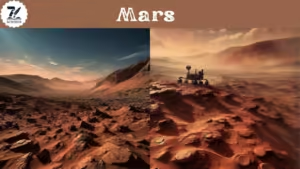
The Challenges of Mars Colonization
Atmospheric Conditions
One of the most important hindrances to colonizing Mars is its tough atmospheric conditions. Mars has a very thin atmosphere, mainly made up of carbon dioxide (about 95%), with only small concentrations of oxygen. This means that humans cannot inhale without survival systems. Furthermore, atmospheric pressure on Mars is less than 1% of Earth’s, making it necessary for habitats to be compressed to ensure protection and convenience. To address these difficulties, engineers and scientists are working on advanced survival systems that can provide inhalable air. This includes methods that can transform Martian carbon dioxide into oxygen, possibly applying processes similar to those developed for submarines and space stations on Earth.
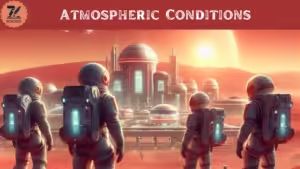
Radiation incidence
Another essential issue is the high levels of cosmic radiation found on Mars. Without a shielding magnetic field and a dense atmosphere like Earth’s, the surface of Mars is attacked with dangerous radiation from the sun and cosmic rays. Extended exposure to this radiation can increase the possibility of cancer and other health issues for inhabitants.
To reduce these risks, innovative living environment plans are being formulated. One technique is to construct underground or not completely covered habitats that utilize Martian ground for protection. Another possibility is to create portable habitats that can be moved to areas with natural radiation protection, such as caves or cliffs.
Resource Scarcity
Water is necessary for the survival of people, however liquid water is insufficient on Mars. Although there is evidence of frozen water at the polar ice caps and under the surface, obtaining and using these resources will require considerable technological advancements. In-situ resource Utilization (ISRU) is an important field of research centered on retrieving and using Martian resources. This includes developing procedures for melting ice and refining water. Moreover, scientists are exploring the possibility of producing water from the Martian atmosphere through chemical reactions.
Transportation and Communication
The extensive distance between Earth and Mars makes difficult both transportation and communication. Currently, operations to Mars require nearly six to nine months, based on the configuration of the planets. This lengthy duration of travel creates obstacles for planning, emergency measures, and live communication. To resolve these obstacles, innovations in movement technology are necessary to minimize travel durations. Plans like the SpaceX Starship intend to make the journey optimized. Furthermore, communication systems must be designed to manage the slowdowns due to the distance, which can be as long as twenty minutes duration for a single-direction message.
Innovations in Mars Colonization
In-Situ Resource Utilization (ISRU)
ISRU technologies are at the leading edge of making Mars colonization possible. By using Martian resources, inhabitants can minimize the need to move everything from Earth. Technologies that can obtain water from the ground, produce oxygen from carbon dioxide, and produce food using water-based cultivation are essential. For instance, NASA’s MOXIE (Mars Oxygen In-Situ Resource Utilization Experiment) is an experimental technology that intends to produce oxygen from Martian carbon dioxide, an essential step in producing inhalable air and fuel for return trips to Earth.
Habitat Design
advanced habitat designs are being designed to establish secure and eco-friendly living environments for Martian inhabitants. designs consist of 3D-printed habitats constructed from Martian ground, which can provide both structural stability and radiation safety. Furthermore, expandable habitats could be installed for immediate installation and flexibility. Designs also concentrate on combining eco-friendly systems for food cultivation. Hydroponic(soil-less farming) and aeroponic (air-based agriculture) cultivation techniques are being examined to cultivate crops in controlled environments, securing a reliable food source.
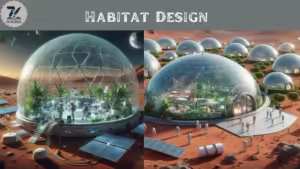
Mars Transportation
Transporting inhabitants to Mars securely and effectively is a main focus. SpaceX’s Starship, created for space travel, intends to make Mars operations more achievable by providing a trustworthy and affordable transport solution. Upcoming travel systems may also consist of recoverable spacecraft and innovative movement technologies. For example, atomic thermal motion, could greatly decrease travel durations and improve security.
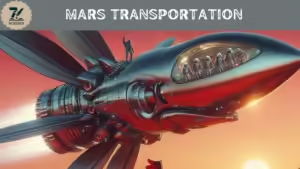
Advanced Life Support Systems
Exploration is continuous to design regenerative survival systems that recycle water and air, reducing waste. These systems could replicate Earth’s natural systems, in which waste products are transformed into usable materials. For example, utilizing biological reactors to process natural waste and produce oxygen and food could establish a renewable ecosystem for inhabitants. Developments in microalgae production and bioreactor fuel cells might also contribute to survival systems.
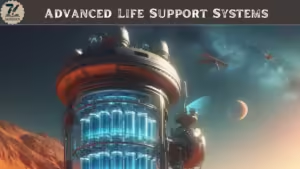
Read more
Timeline of Internet Evolution-ARPA to BlockChain
5 Emerging Technologies That Will Change the World
Quantum Computing
great one..
need to enhance social submissions and internal linking